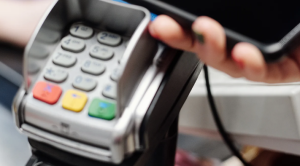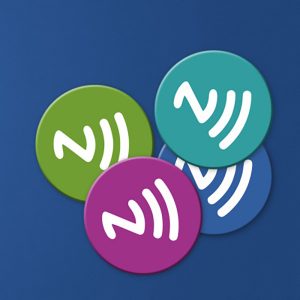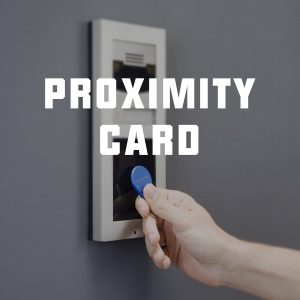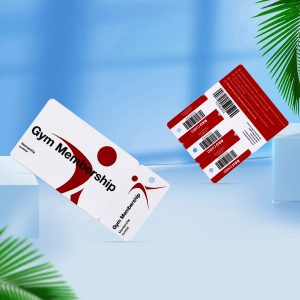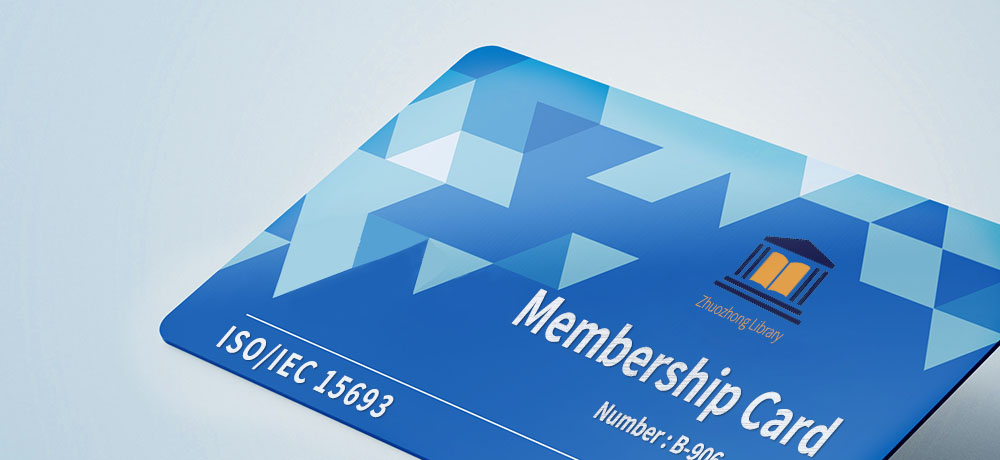
ISO/IEC 15693 represents a series of international standards. They describe a contactless smart card’s attributes. These cards are usually present in our wallets or purse. When presented near a terminal device, they are readable and recognized. You can get some services or goods, etc. in response. These cards are also attached to bags or any other valuable items. It makes them trackable with the reading device being in the vicinity.
Concept
Contactless technology most often includes a set of technologies developed to help identify objects. Advancement in this technology has led to some new applications.
These include access control, data exchange, contactless sale point payments, toll collections, and inventory management. Today, contactless technology is present in different forms, such as smart cards, mobile smartphones, and tags.
Description
These cards are convenient, durable, and secure. They are very suitable for payments, access control, identification, and other applications. The vicinity cards working on the protocol of ISO/IEC 15693 are readable from a greater distance as compared to the proximity cards.
They usually are not powered themselves as the reader supplies the power to the card over the air. This standard system operates at a frequency of 13.56MHz and has a read distance of 1–1.5 meters.
RFID (Radio Frequency Identification) was and still is the popularly used form of contactless technology. It is the advanced form of barcode technology found on many products in today’s market.
Like the barcode system, the object for identification has an RIFD tag. Then the reader device reads the contents of the tag. The read distance can be up to 100m depending upon the type of tag used. The reader can usually only read the tag and not change its electronic content. This means that communication with RFID is one way only.
An RFID tag comprises a radio frequency transceiver, and electronic circuitry to store the tag’s content, and an antenna. The information stored on a tag is pre-assigned by the manufacturer (such as an identification number).
The user can also program it to provide custom information. Such a reader transmits an encoded radio signal when a tag is within reading distance. The tag then responds by sending its contents to the reader.
RFID tags are available under two categories, i.e., passive and active. It depends upon how they get power. Active RFID tags get powered by an internal power source (battery). Passive RFID tags work on the electromagnetic energy emitted from the reader device.
Due to this reason, passive tags have a read distance much shorter than active tags. Besides these two types, a hybrid kind of tag is also available.
It is theBAP (Battery Assisted Passive) tag. Having a small internal battery does not power the tag all the time. It only switches on by detecting the electromagnetic field radiated from a reader device.
In this way, it saves battery power when a reader is not present nearby. A BAP tag has an internal battery to transmit its data over a greater distance than the standard passive tag.
Parts
ISO/IEC 15693-1:
This part describes the physical attributes of the vicinity of RFID cards.
ISO/IEC 15693-2:
This part defines the power and communication interface between the reader and the smart card. It deals with the air interface and initialization.
ISO/IEC 15693-3
This part specifies the anticollision and transmission protocol. It characterizes the commands and parameters involved to initialize communication between the RFID card and the reader.
Applications:
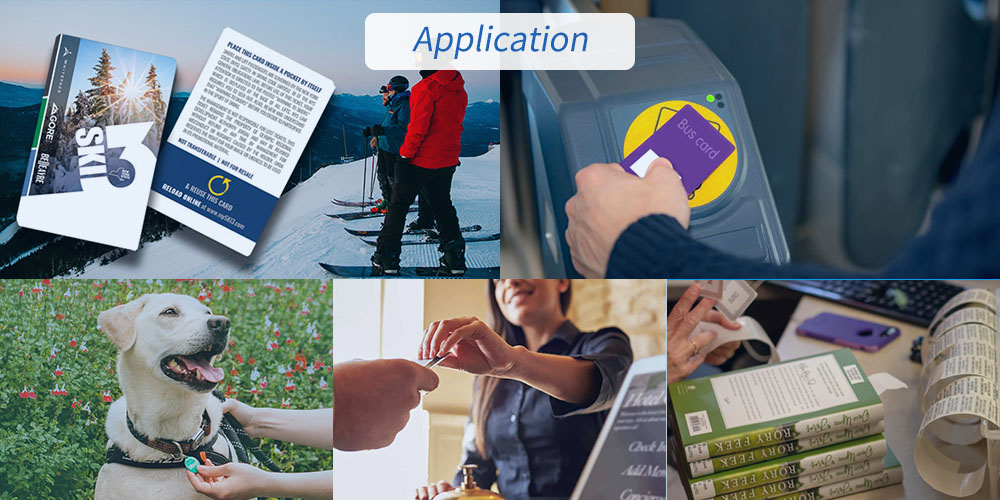
- Public library: Books have a unique ID stored in them when assembled in the library system. Scanning of books takes place by placing them in the range of a reader.
- Ski pass: A unique ID in the system enable the reader to tell how long the token is valid.
- Hotel management: RFID smart cards can provide a fast and comfortable management system for hotels. It can be helpful, especially for VIP services. Every customer’s card has its relevant information and personalized needs. This information can help the waiters serve them better and more. These cards can open the doors for you. It can also make payments and other functions more convenient to operate.
- Public transport: Bus or subway cards increases the speed of passengers getting on and off the vehicle. This saves everyone’s time and increases security performance as well.
- Pet management: these cards are easy to carry around the neck of your pet so that you can track them. It can also carry information about the pet.
Difference between ISO/IEC 15693 and ISO/IEC 14443:
Designed for access control, The ISO/IEC 15693 standard tags have a read range up to 3 feet. They and are useful for public library RFID systems and ski pass RFID systems in RFID cards/tickets.
ISO/IEC 14443A tags have a different purpose of use, i.e., financial transactions, and have a shorter read distance of about a few inches. This protects the interception of data sent from the tag to the reader. These international standards define protocols to communicate with proximity cards.
These include Calypso electronic ticketing system, Biometric passports, and MIFARE cards. The ISO/IEC 14443 standard comprises four parts. Each part is describing a different feature of the proximity card and its use. The four elements are;
Part 1: describes the physical characteristics.
Part 2: deals with the signal interface and radiofrequency power
Part 3:specifies anticollision and initialization protocols
Part 4: comprises the transmission protocol
This standard has two types of cards. They are Type A and Type B. Both types use the same carrier frequency but differ in their modulation and encoding schemes.
Relevant articles
- What are the Different Types of RFID Tags
- NFC vs. RFID: What’s the Difference Between Them?
- How to Print RFID Tags?
- 13 Cool Things You Can Do Using RFID for Event
- NFC Beginner’s Guide: All You Need to Know About NFC
- What is RFID Smart Card?
- Common RFID Standards and Protocols You Must Know
- LF, HF, UHF Frequency: What’s the difference

